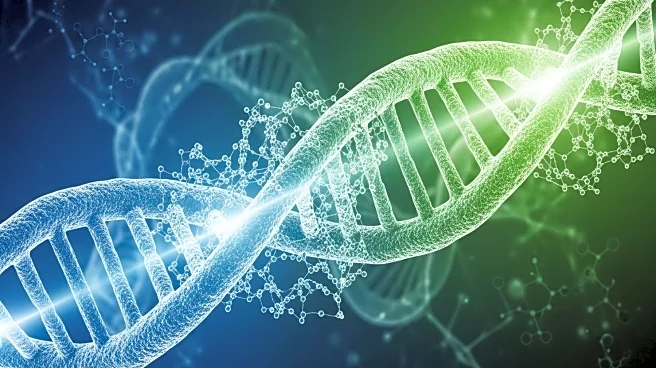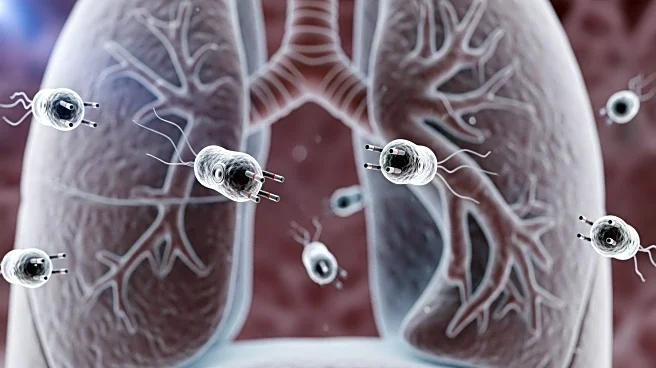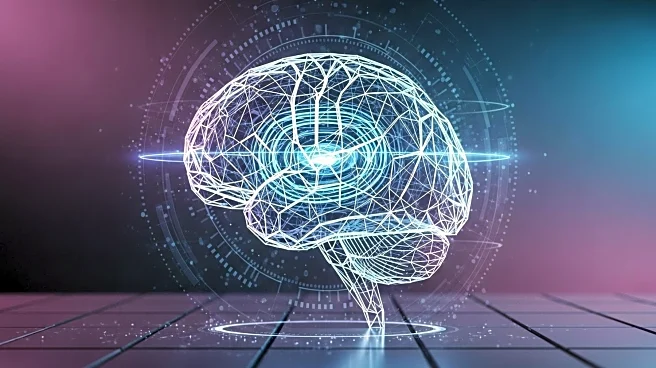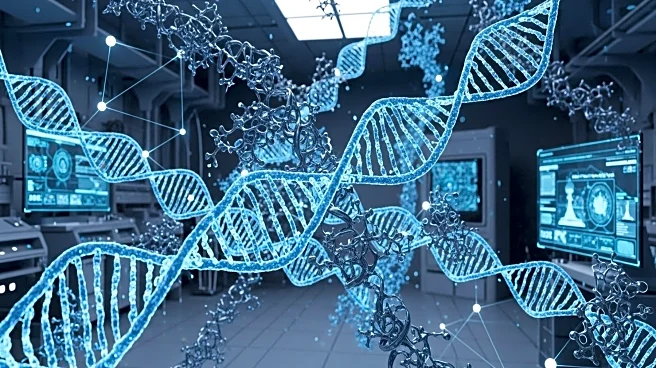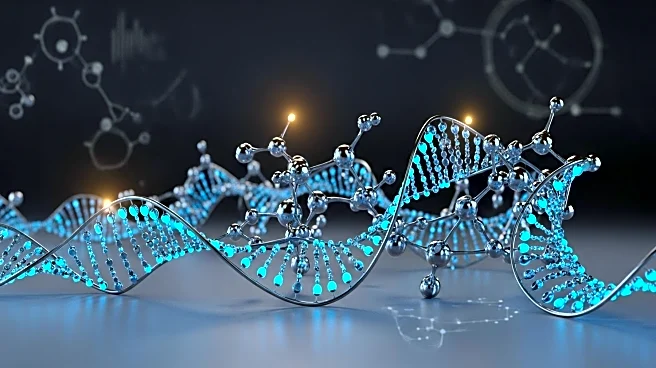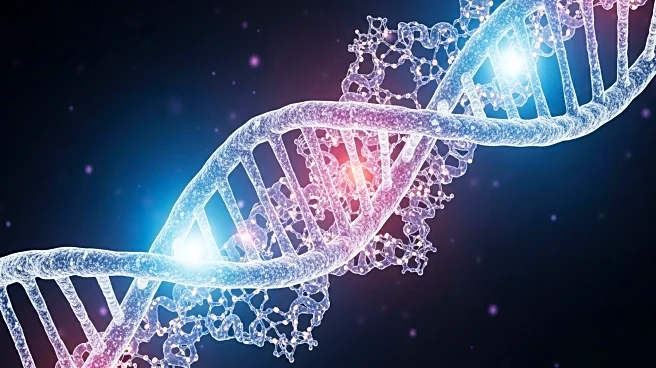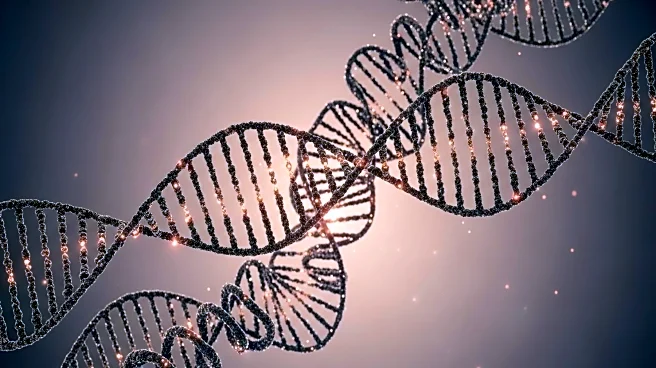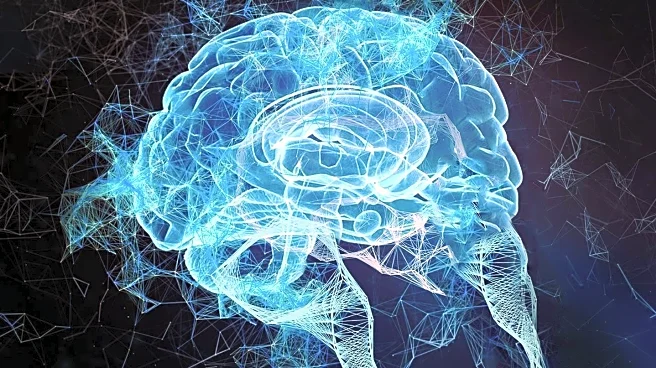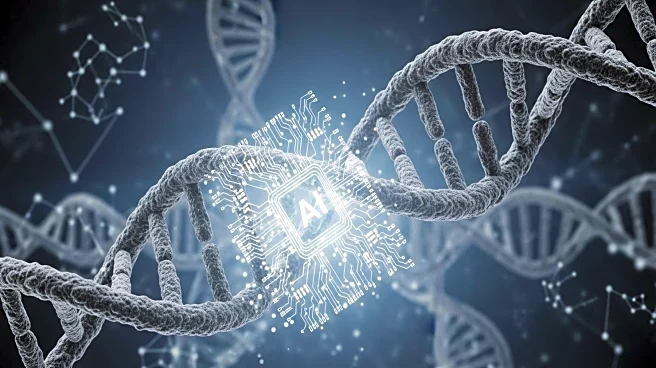What is the story about?
What's Happening?
Bioengineers at the University of California San Diego have developed a groundbreaking technology that allows for comprehensive mapping of RNA-protein interactions within human cells. This advancement is poised to revolutionize therapeutic strategies for diseases such as Alzheimer's and cancer by providing detailed insights into cellular processes. Traditionally, the study of RNA-protein interactions was limited, but this new methodology offers a detailed 'wiring map' of cellular conversations, illuminating the complex interplay between RNA and proteins. The technology captures these interactions at the moment they occur, converting them into distinct DNA barcodes for identification through sequencing techniques. This has led to the discovery of over 350,000 interactions, many previously undocumented, offering new avenues for understanding disease mechanisms and developing targeted therapies.
Why It's Important?
The ability to map RNA-protein interactions at such a detailed level could significantly impact the development of precision medicine. By identifying interactions that lead to detrimental cellular behaviors, researchers can develop interventions to correct these processes. This technology could lead to the discovery of novel drug targets and therapeutic strategies, particularly in the realm of neurodegenerative diseases and cancer. The comprehensive data generated provides a foundational resource for further investigations into the implications of these interactions in health and disease, potentially leading to transformative advancements in medical science.
What's Next?
The research team plans to extend their investigations by applying this technology to various disease models, including Alzheimer's and Parkinson's. Their goal is to identify dysfunctional RNA-protein interactions that could serve as the basis for next-generation therapies aimed at correcting neurodegenerative errors. As research continues, there is hope that these insights will lead to groundbreaking therapies that improve patient outcomes and extend the horizons of medical science.
Beyond the Headlines
This technology not only identifies RNA-protein interactions but also provides insights into the specific regions of proteins involved and the RNA sequences preferentially bound. This precision offers multiple strategic entry points for designing targeted therapies to correct dysfunctional cellular interactions. The ongoing research aims to clarify the biological roles of these interactions, paving the way for future explorations into their functionalities.
AI Generated Content
Do you find this article useful?
